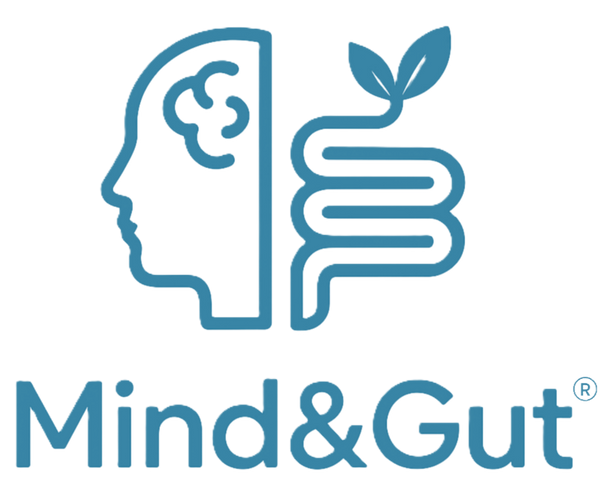The Glycemic Index: A Roadmap to Balanced Blood Sugar and Brain Health

The glycemic index (GI) has become a pivotal aspect of modern nutrition, shedding light on how different foods impact our blood sugar levels. It serves as a compass guiding us through the labyrinth of dietary choices, offering insights into not only our physical health but also the intricate workings of our minds.
High GI Foods: Foods with a high GI are akin to instant gratification for our taste buds. They include refined carbohydrates like white bread, white rice, and sugary snacks, along with the seemingly innocent fruit juices. These items catapult our blood sugar levels to meteoric heights, only to send them crashing down soon after. The rollercoaster ride of sugar spikes and crashes resembles the addictive rush and subsequent crash experienced with certain substances.
Medium GI Foods: In the middle ground lie foods with a medium GI, such as whole wheat products, brown rice, and oatmeal. They offer a more gradual rise in blood sugar levels, akin to a gentle wave rather than a sudden surge. These foods provide sustained energy without the tumultuous highs and lows of their high GI counterparts.
Low GI Foods: Last but not least on the GI hierarchy are foods with a low GI, rich in fiber, and brimming with nutrients. Think fruits, vegetables, legumes, and whole grains like quinoa and barley. These nutritional powerhouses fuel our bodies steadily, keeping blood sugar levels stable and providing a foundation for optimal health.
The fiber in low-to-medium GI foods slows down the digestion and absorption of carbohydrates in the gut, creating a more gradual release of glucose into the bloodstream. This slower process helps to regulate blood sugar levels and prevents rapid spikes, effectively insulating insulin from sudden fluctuations.
Parallels with Substance Addiction: The parallels between spikes in blood sugar caused by high GI foods and the addictive allure of certain substances are striking. Just as substances trigger a surge of neurotransmitters in the brain's reward pathway, high GI foods elicit a rapid release of glucose. This surge is followed by a craving for more, perpetuating a cycle of overconsumption and subsequent crashes.
Effect on Mood and Cognition: Fluctuations in glucose levels can disrupt neurotransmitter balance, leading to mood swings, irritability, and even symptoms of depression. Similarly, cognitive function is closely linked to blood sugar levels, with fluctuations impairing memory, attention, and decision-making abilities.
In essence, the glycemic index serves as a compass not only for navigating our dietary choices but also for understanding the intricate dance between food and brain health. By prioritizing low to medium GI foods and avoiding the pitfalls of high GI options, we can stabilize blood sugar levels, enhance mood, and sharpen cognitive function. In doing so, we unlock the key to a healthier, happier, and more vibrant life.
High GI Foods:
- White bread
- White rice
- Cornflakes
- Baked potatoes
- Instant oatmeal
- Pretzels
- Watermelon
- Pineapple
- Dates
- Rice cakes
- Bagels
- Doughnuts
- Corn chips
- French fries
- Soda crackers
- Honey
- White pasta
- Raisins
- Puffed rice cereal
- Rice crackers
Medium GI Foods:
- Whole wheat bread
- Basmati rice
- Sweet potatoes
- Couscous
- Quinoa
- Bulgar
- Brown rice
- Oat bran
- Whole grain pasta
- Barley
- Rye bread
- Buckwheat
- Millet
- Spaghetti squash
- Wild rice
- Pearl barley
- Tortilla chips
- Raisin bran cereal
- Muesli
- Shredded wheat cereal
Low GI Foods:
- Apples
- Oranges
- Cherries
- Grapefruit
- Peaches
- Pears
- Plums
- Strawberries
- Carrots
- Tomatoes
- Broccoli
- Cauliflower
- Spinach
- Kale
- Bell peppers
- Zucchini
- Lentils
- Chickpeas
- Kidney beans
- Black beans

